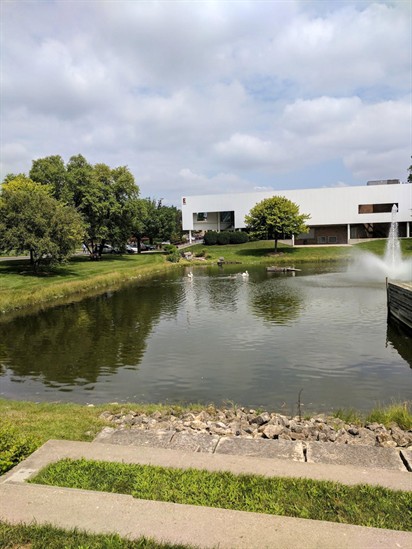At Salvation Army, this week’s community outreach topic was on deciphering food and supplement labels. The first challenge for my colleagues and I was determining which information was relevant to the average Joe. Our second challenge was finding a way to phrase everything succinctly, without unnecessary complexity.

Another idyllic day at National
We accomplished this in a few different ways. First, we focused on a few basic, yet important distinctions. Total fat, versus saturated fat, versus trans fat, versus cholesterol. We talked about how carbohydrates are, in fact, sugar, and how the sugar to fiber ratio determines the glycemic load (in a nutshell). Our final main point was centered around serving size and how the nutrition label can often be misleading if not viewed in relation to the serving size.
We thought we had nailed that section, but were inundated with questions from basic nutrition to the meaning of life, and how nature versus nurture ties into how our bodies interact with our diet. But that, in and of itself, is a fantastic learning opportunity. I believe all doctors should give patient education seminars, and this is a valuable tool to hone our skills and approach to patient education. We have time to discover the common pitfalls and find ways to avoid them.
The supplement end of the talk was mainly focused on how to determine whether or not the supplement being bought is, at the very least, manufactured with some good practices. We decided that getting into the most bioavailable forms of vitamins and minerals, as well as optimal dosages would be extremely counterproductive. Instead we focused on looking for the USP label, which means the supplement’s quality has been third party verified. We educated on what good manufacturing practices were, and how to find the GMP (Good Manufacturing Practice) label on a supplement. As far as dosage went, we merely emphasized the suggested use labeling above the nutrition facts. I’m excited to see where our lecture series takes us!




0 Comments